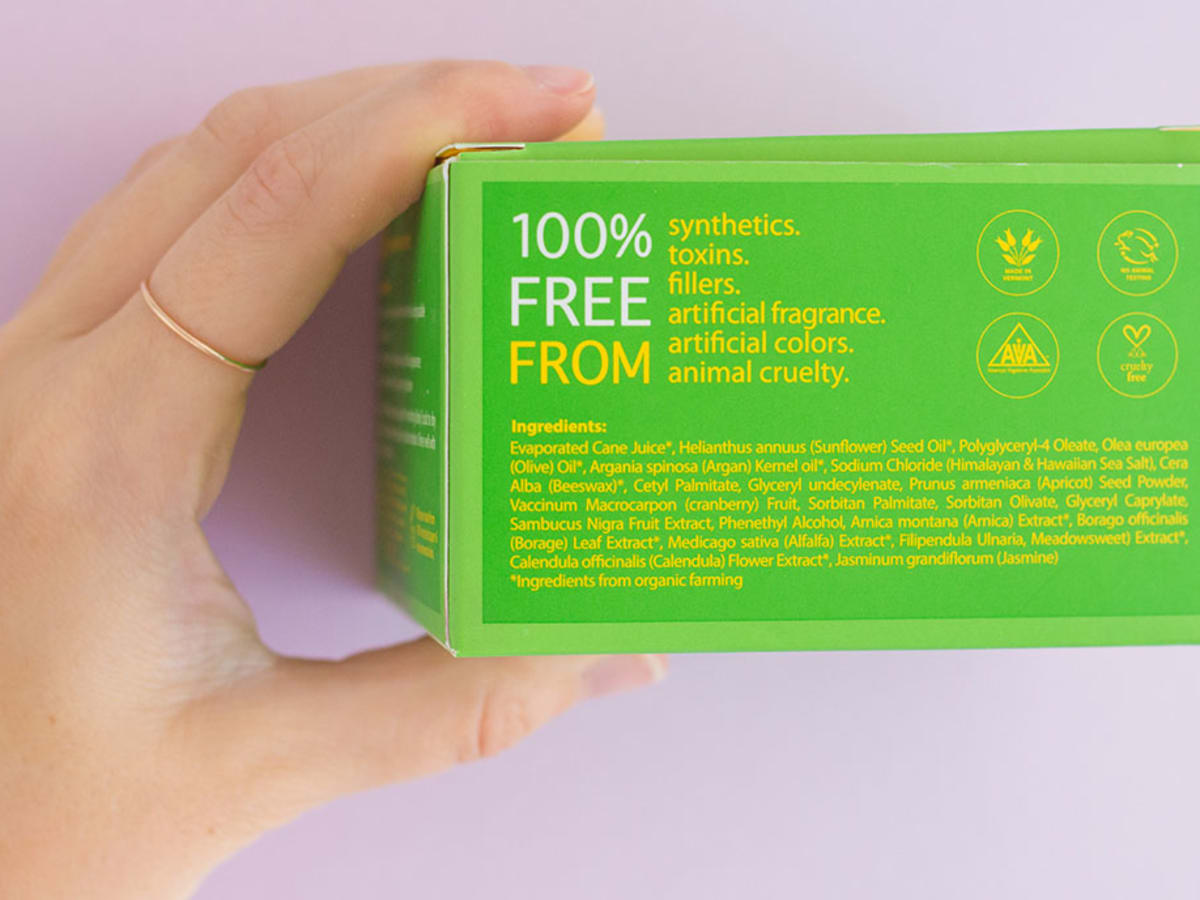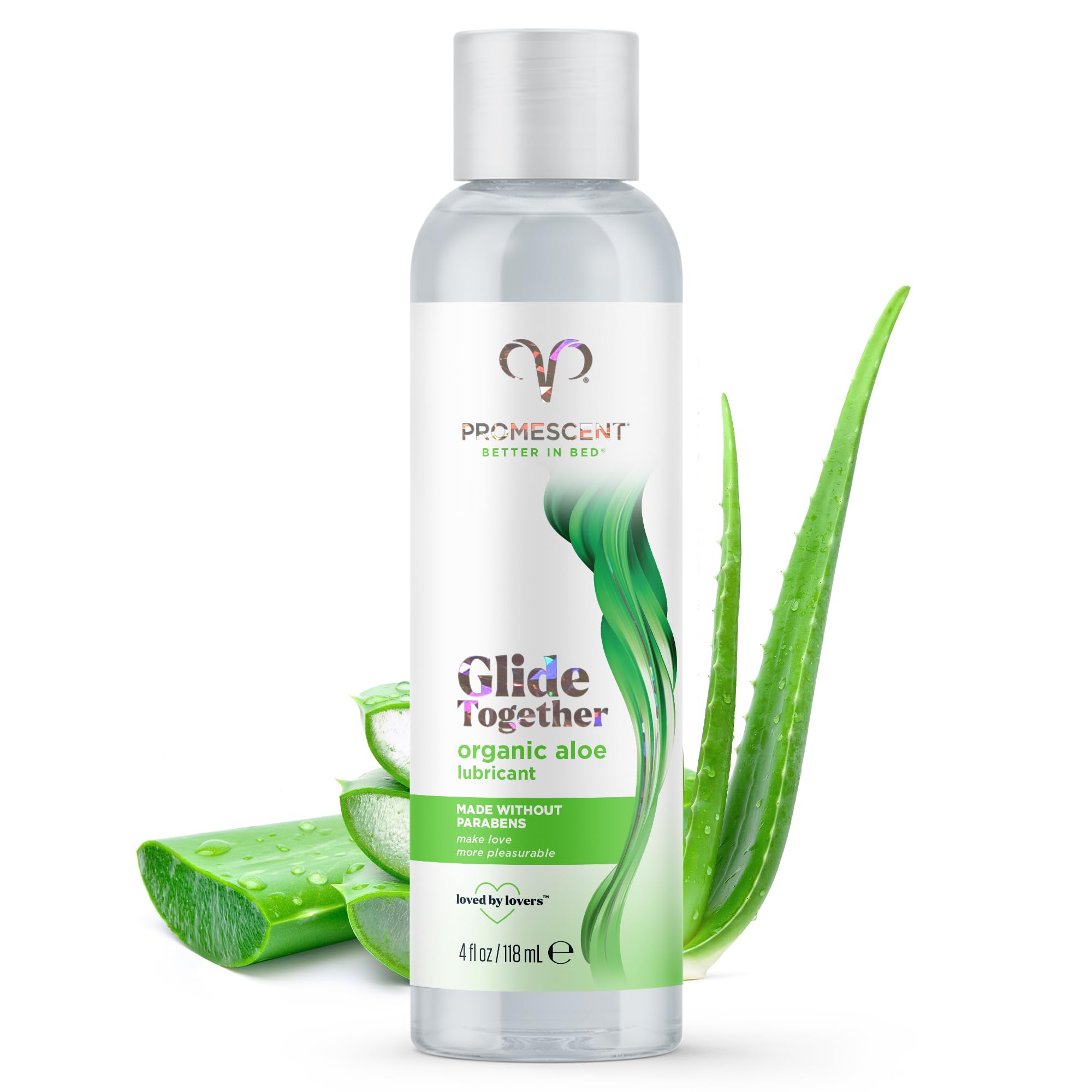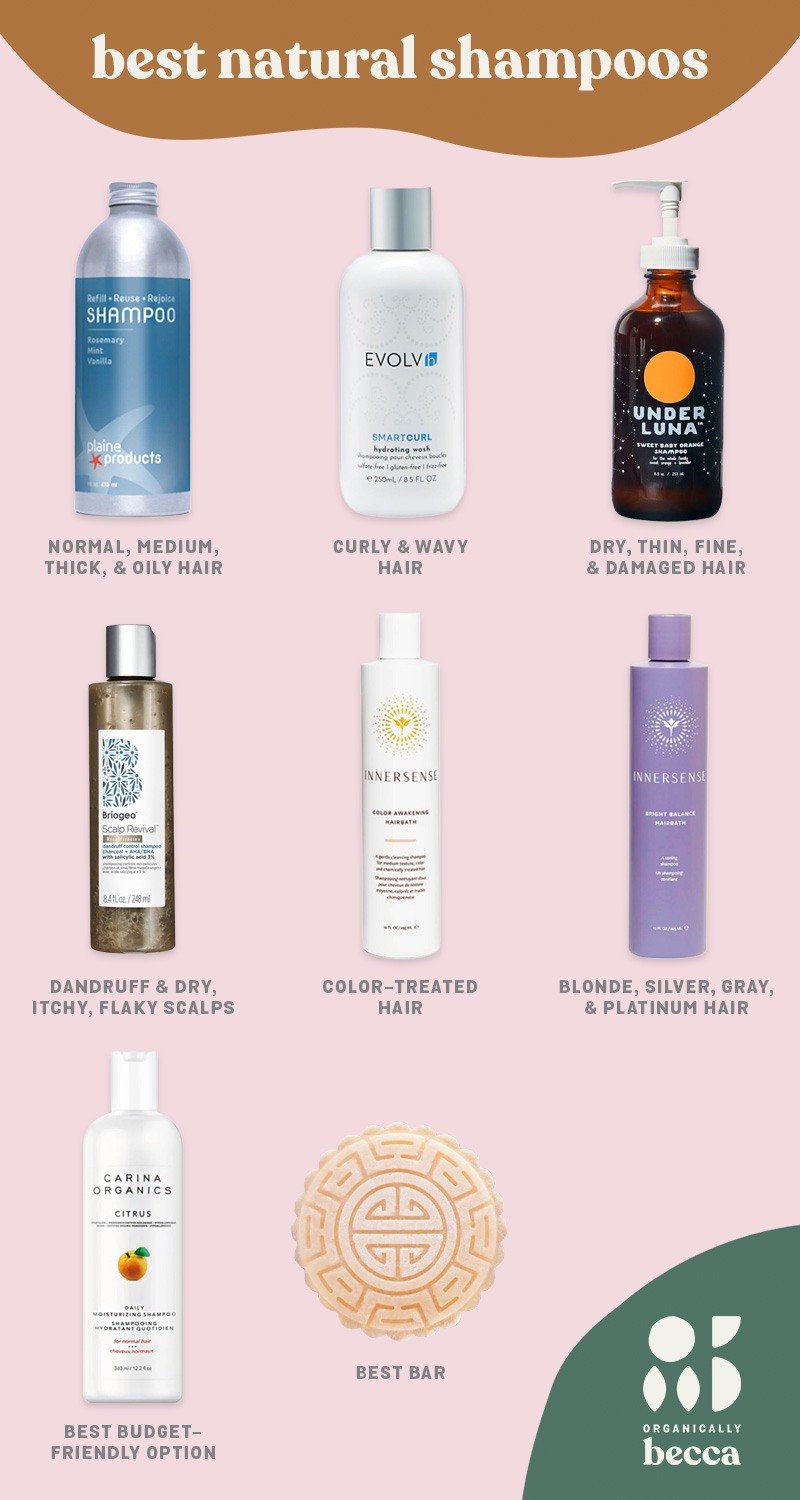When browsing the skincare aisle, it’s easy to be overwhelmed by the plethora of products claiming to be “natural” or “clean.” But how can we be sure that these labels are accurate? The quest for genuine natural skincare requires us to become savvy readers of product labels. Let’s dive into the world of skincare ingredients and learn how to decode the labels to ensure we are making safe and natural choices for our skin.
With the rise of the clean beauty movement, understanding what we put on our skin has never been more important. Ingredients in skincare products can have a profound impact on our health and the environment. Therefore, it’s essential to educate ourselves about what these ingredients really are and how to identify those that might do more harm than good. This is where the journey to natural and sustainable skincare begins.
What Are the Key Components of Skincare Labels?
Skincare labels are your first insight into what a product contains. By law, ingredients must be listed in order of concentration, with the most abundant components appearing first. This is where you might find water, also listed as aqua, followed by emollients, humectants, and various other substances.
One element to look out for is the International Nomenclature of Cosmetic Ingredients (INCI). This system standardizes the names of ingredients across different countries, making it easier to recognize substances regardless of where you are.
Another key aspect of labels is the presence of certifications. Look for marks of approval from organizations like USDA Organic, EcoCert, or the Leaping Bunny program, which indicate the product meets specific standards for being organic, ecological, or cruelty-free.
Understanding these components can help you make more informed decisions about the products you choose to use on your skin.
Why Is It Important to Understand Skincare Ingredients?
Understanding skincare ingredients is crucial for several reasons. Firstly, it allows you to avoid ingredients that may cause skin irritation or allergic reactions. For example, fragrances, while they might make a product smell pleasant, are a common cause of skin sensitivities.
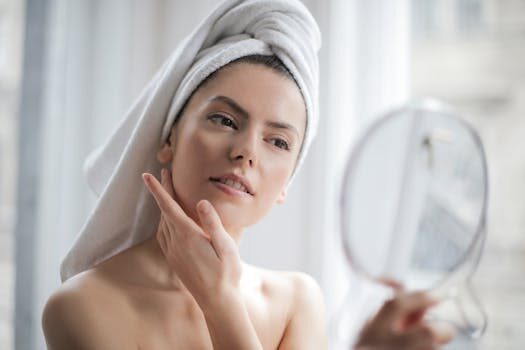
Secondly, being ingredient-aware helps you to avoid potentially harmful chemicals like parabens, which have been linked to hormone disruption, or sulfates, known for stripping skin of its natural oils.
Lastly, recognizing what’s in your skincare can support your ethical and environmental values. If you’re committed to using products that are cruelty-free or sustainably sourced, understanding the ingredients and their origins is essential.
How Can You Identify Harmful Chemicals in Products?
While many skincare products are safe, some contain harmful chemicals that can be absorbed into the body. To identify these chemicals, familiarize yourself with common culprits such as parabens, phthalates, and formaldehyde-releasing preservatives. These substances have been associated with health concerns ranging from skin irritation to more serious conditions.
Reading labels and recognizing terms like ‘paraben-free’ or ‘sulfate-free’ can help, but it’s also beneficial to use databases like the Environmental Working Group’s (EWG) Skin Deep to research ingredients and their safety profiles.
When in doubt, opt for products with fewer ingredients and those that highlight natural substances, like plant oils and extracts, which are less likely to pose risks.
What Does The INCI System Stand For And How Does It Work?
The INCI system, or International Nomenclature of Cosmetic Ingredients, is a standardized naming convention for skincare and cosmetic ingredients. Developed by the personal care industry, it provides a uniform language that’s recognized internationally, facilitating easier identification of ingredients.
Under the INCI system, ingredients are listed using their scientific names, which can be a mix of Latin and English. For example, Vitamin E might be listed as “Tocopherol” and Vitamin C as “Ascorbic Acid.”

While it may seem daunting at first, familiarizing yourself with these names can empower you to know exactly what you’re putting on your skin.
 Natural shampoos are better for healthy hair. Here’s what to look for.
Natural shampoos are better for healthy hair. Here’s what to look for.What Are the Red Flags to Look For in Skincare Ingredients?
When examining skincare ingredients, be on the lookout for certain red flags that might indicate a product is not as clean or natural as it claims. These include:
- Synthetic Fragrances: Often listed as “fragrance” or “parfum,” these can be a blend of many different chemicals, including phthalates.
- Preservatives: While necessary to prevent microbial growth, some, like parabens, may have harmful effects.
- Alcohol: Certain types of alcohol, like denatured alcohol, can be overly drying and irritating to the skin.
- PEGs (Polyethylene Glycols): Used as thickeners or solvents, PEGs can be contaminated with ethylene oxide and 1,4-dioxane, known carcinogens.
- Silicones: These give a product a smooth feel but can also trap debris in your pores, leading to breakouts.
How To Make Informed Choices When Switching To Clean Beauty?
Making a switch to clean beauty can be a rewarding yet challenging journey. Start by doing your research and educating yourself on the ingredients and their impacts. Look for brands that prioritize transparency and provide detailed information about their formulations.
Begin gradually, replacing products one at a time as you learn more about which ingredients align with your health and environmental values. Participate in discussions and communities focused on clean beauty to gain insights and stay informed about the latest developments.
Remember, a higher price does not always equate to better quality or cleaner ingredients. It’s the formulation and ethos of the brand that matter most when making these choices.
Deciphering Labels: Empowering Your Natural Skincare Journey
Are your skincare ingredients truly natural? Decoding labels is an empowering step in ensuring that your skincare regimen aligns with your commitment to natural beauty. It’s not just about avoiding harmful ingredients but also about embracing products that nourish and support your skin’s health. So, the next time you pick up a skincare product, take a moment to read the label. It could make all the difference in your journey towards a cleaner, greener beauty routine.
Preguntas Relacionadas Sobre los Ingredientes Naturales en Productos de Cuidado de la Piel
How Can You Tell if a Product Is Clean?
To determine if a product is clean, start by looking at the ingredient list. Clean products generally feature natural ingredients and avoid harmful chemicals. Additionally, check for certifications from reputable organizations, which can validate the product’s claims.
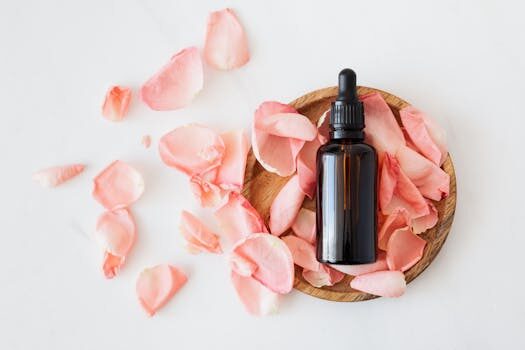
Brands that value transparency will often provide information on the sourcing and purpose of their ingredients. By choosing such products, you can ensure that what you’re using on your skin is truly clean and beneficial.
What Should You Look for on Skincare Labels?
On skincare labels, look for a clear list of ingredients, ideally with natural components at the top. Recognize INCI names to understand the scientific terms used for common ingredients. Also, search for certifications that indicate the product meets specific standards.
Be wary of vague terms like ‘fragrance,’ which can hide a multitude of chemicals, and always question the source and purpose of each ingredient in the product.
What Harmful Ingredients Should You Avoid?
Avoid ingredients like parabens, sulfates, phthalates, and synthetic fragrances, as they can be harmful to your health and the environment. Opt for products that promote their absence and highlight their use of safe, natural alternatives instead.
Staying informed about emerging research on skincare ingredients is also key to avoiding potentially harmful substances.
How Does the INCI System Work?
The INCI system works by providing a standardized language for cosmetic ingredient names. This helps consumers, regardless of their geographical location, to identify ingredients quickly and make informed choices about the products they use.
Learning the INCI terms for common ingredients is a valuable skill for anyone interested in clean beauty and natural skincare.

As we delve into the world of skincare labels and ingredients, the importance of being an informed consumer comes to the forefront. With the right knowledge and tools, it’s possible to make choices that not only benefit our skin but also align with our values and contribute to a more sustainable world. Remember, the power to choose truly natural and clean beauty products is in your hands every time you read a skincare label.
For visual learners, this video from an industry expert offers additional insights into understanding skincare labels:
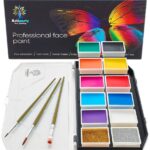 Toxin-Free Face Paints for Kids – Here’s What You Should Know
Toxin-Free Face Paints for Kids – Here’s What You Should Know
